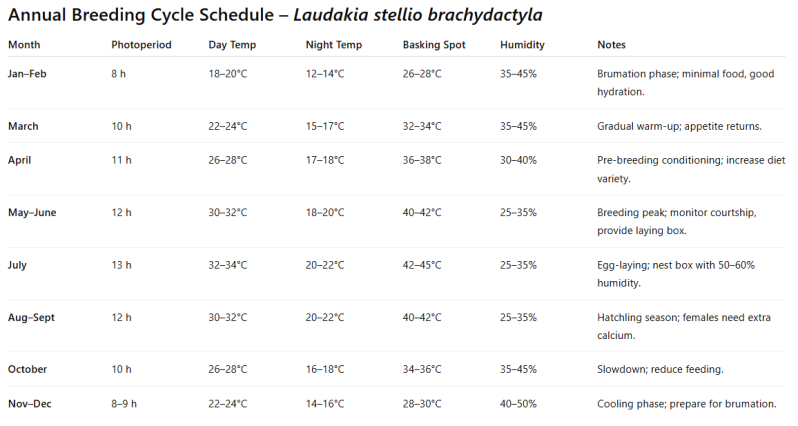
Laudakia stellio brachydactyla - Painted agama
The Painted Agama (Laudakia stellio brachydactyla), also known as the Clown Agama or Hardun, is a fascinating lizard native to the arid regions of southern Israel, Jordan, northern Saudi Arabia, Sinai, and Egypt.
The Stellagama/Laudakia stellio complex shows notable diversity and remains taxonomically unresolved. The Starred Agama (Stellagama stellio)—historically known as the Painted Agama when still placed in Laudakia—displays clear geographic variation across its range. Two regional forms are especially debated: Laudakia stellio saheli, often referred to as the Sahel Agama, and Laudakia stellio brachydactyla, commonly called the Short-fingered Painted Agama.
Saheli differs subtly in scalation and coloration, while brachydactyla shows more pronounced morphological changes, including shorter digits and a more compact body. Whether these represent local variants, subspecies, or distinct species remains unclear due to limited genetic data, leaving the taxonomy of this group open to debate.
These reptiles thrive in desert and rocky environments, often basking on stones and taking refuge in crevices. Proper care in captivity involves recreating their natural habitat as closely as possible.
For housing, a single adult Painted Agama requires an enclosure at least 90x45x90 cm, while a pair or small group needs a larger setup of approximately 120x60x90 cm. These active lizards benefit from a desert-themed environment with a substrate like loam/sand.. Their enclosures should include a background for them to climb (because they like hanging vertically), rocks and elevated platforms for climbing and basking.
Temperature and lighting are crucial for their well-being. Maintain a temperature gradient of 22-25°C (71-77°F) on the cooler side and a basking area at 35-40°C (95-104°F). These diurnal lizards also require UVB lighting for calcium metabolism and UVA for basking behavior.
Humidity should stay between 30-50%, replicating their arid habitat. While a shallow water bowl should always be available, occasional misting can offer additional hydration through droplets.
Painted Agamas are omnivorous. Their diet consists mainly of gut-loaded insects, such as crickets, dubia roaches, and superworms, along with leafy greens like turnip, mustard, and collard greens. Avoid lettuce as it lacks nutritional value. Dust their food with calcium powder daily and provide multivitamins weekly. If possible grow plants, weeds and flowers in your garden for your lizards to eat.
These lizards are social under certain conditions and can live singly or in small groups, but avoid keeping males together due to territorial behavior. They are generally docile and can become accustomed to handling over time.
In their natural habitat, Painted Agamas experience hot days exceeding 35°C (95°F) and cooler nights. By replicating these conditions in captivity, they can live 10-15 years, offering a rewarding experience for reptile enthusiasts.










